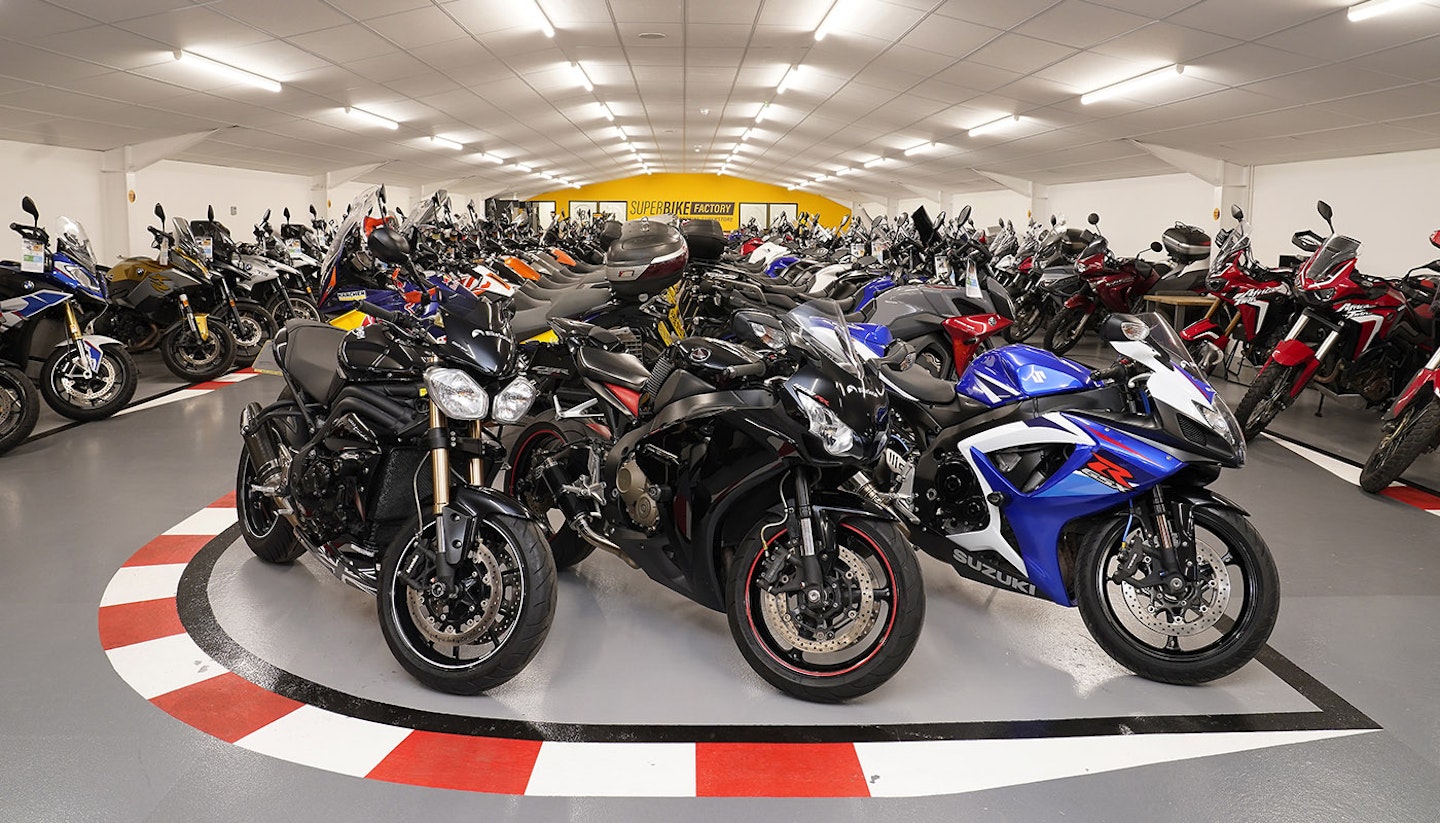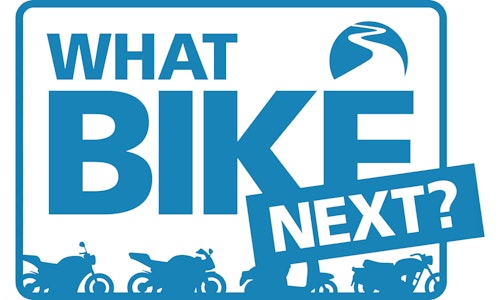Buying & Selling Bikes
Buying and selling a bike is both easier and more complex than it used to be. There are more places to buy and sell, especially online using websites and social media platforms like Facebook. And there are more ways to finance your purchase too using HP, loans or PCP finance. Sadly, there are also more scammers and in many places a lot less comeback when things go wrong. So, buyers and sellers need to be better informed to help make the right decisions. BikeSocial’s team of experts have 150 years’ experience of buying and selling bikes and access to trusted traders to help guide you through the process
You might be also interested in
Selling the motorcycle you inherited from a loved one
How to SORN a motorbike: does it affect your insurance?
Is it better to part-exchange my motorcycle or sell it privately?
Accepted as Standard Modifications
A Guide to Buying & Registering Imported Motorbikes
Ultimate cover
Top tips when going for a test ride
Modifications to declare
Get a quote
We search our panel of insurers to find you our best price for the cover you need

